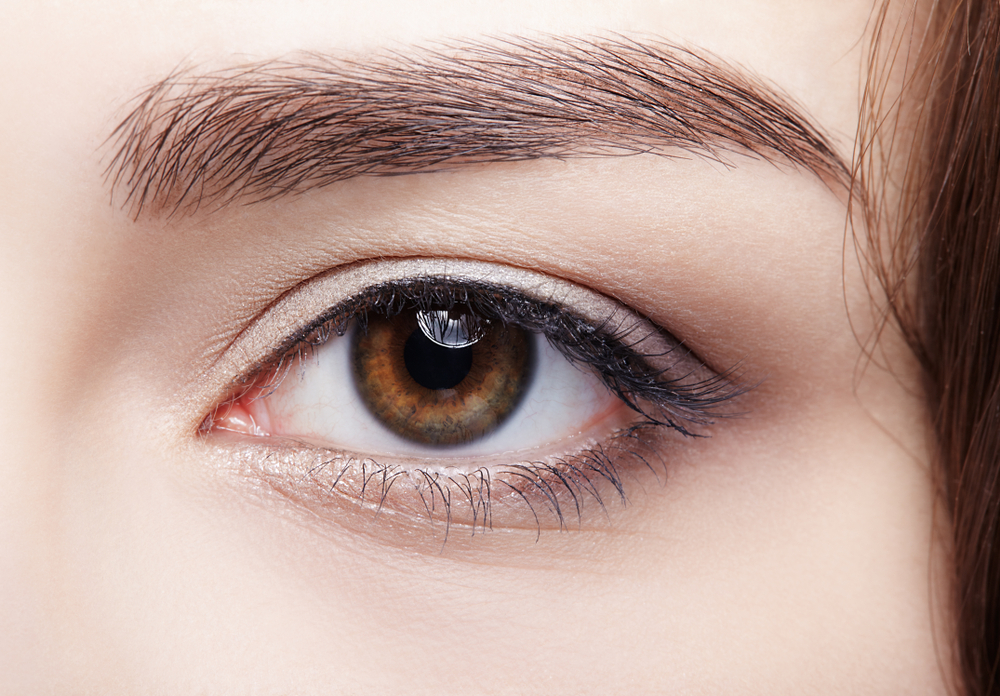Primary Health Insurance:
BlueCross BlueShield
United Health Care
Humana
Cigna
North Mississippi Acclaim
Medicare
Medicaid

If you have diabetes, it is ideal to have your eyes checked annually to let your eye doctor examine the structures of your eyes through a dilation test. Doing so will help detect any eye damage or disease.
People with diabetes have a high risk of experiencing short- or long-term vision changes. Below are some of the ways the condition can affect your eyes and vision.
People with diabetes need to get their glucose levels under control. If it is too high or too low, they may find it hard to see fine details in what they see. Their sight becomes blurry due to fluid leakage in their eye lens. As a result, the lens swells and changes its shape. Their eyes find it difficult to focus, and they see things looking fuzzy.
A person with diabetes can also have blurry vision when they begin their insulin treatment. You can experience this due to the fluids shifting. However, the problem resolves after a couple of weeks. As your blood sugar becomes stable, so does your vision.
Individuals with diabetes have a double risk of getting glaucoma than others. When fluid does not drain out of your eye as it should, pressure begins building up. As a result, your blood vessels and nerves become damaged, then you experience vision changes.
Other symptoms of the condition include:
Eye pain.
Seeing halos around lights.
Tunnel vision.
Eye redness.
Nausea.
Vomiting.
Cataracts are the clouding that develops on the lens of your eyes. Anyone can get them. However, people who have diabetes tend to have cataracts at a young age than others. Their cataracts also grow faster than those of other people.
You will need to treat the condition through cataract surgery. Your doctor will remove the clouded lens and replace it with an artificial one that is clear to help you see better.
The retina consists of cells located at the back of your eye. They take in light and turn it into images for the optic nerve to send to the brain. Diabetic retinopathy occurs when the small blood vessels in the retina become damaged. You can experience this due to high blood sugar levels. If diabetic retinopathy remains untreated, you risk becoming blind.
Individuals with type 1 diabetes often do not get the condition before their puberty years. It is also rare in adults unless the individual has had type 1 diabetes for about five years. Keeping control of your blood sugar levels by using insulin injections or pumps reduces your risk of diabetic retinopathy.
People with type 2 diabetes may have eye problem signs during diagnosis. You can slow or prevent diabetic retinopathy by controlling your cholesterol, blood sugar, and pressure. You should also quit smoking if you are a smoker to improve your health.
The center of your retina is the macula. It gives your eye its central vision. Macula edema develops when fluid leakage causes the macula to swell. You are likely to experience color changes and wavy vision if you have the condition.
Diabetic macula edema develops from diabetic retinopathy. If you get the condition, both your eyes will become affected.
For more about diabetes and eye health, visit Primary Eye Care at our office in Tupelo, Mississippi. You can also call (662) 200-9842 to book an appointment today.